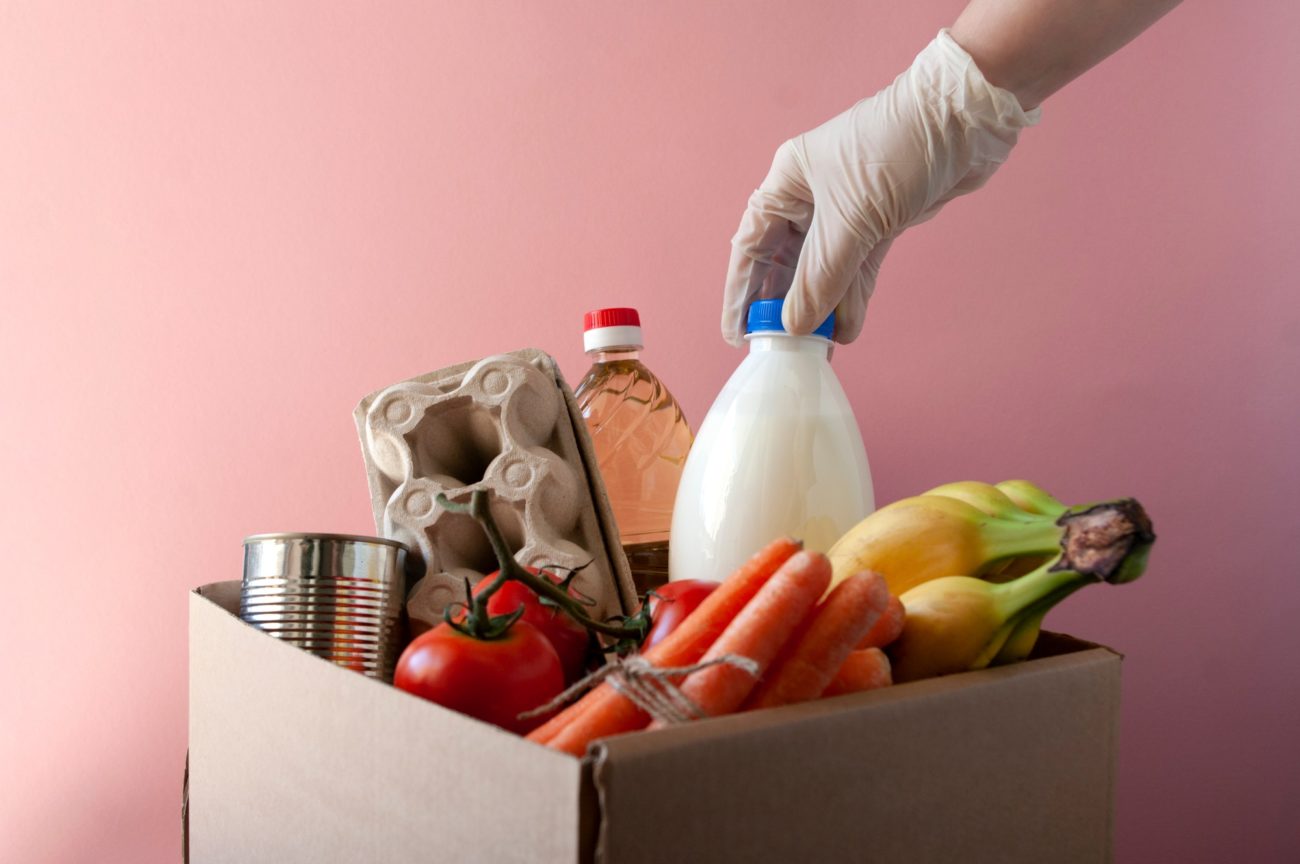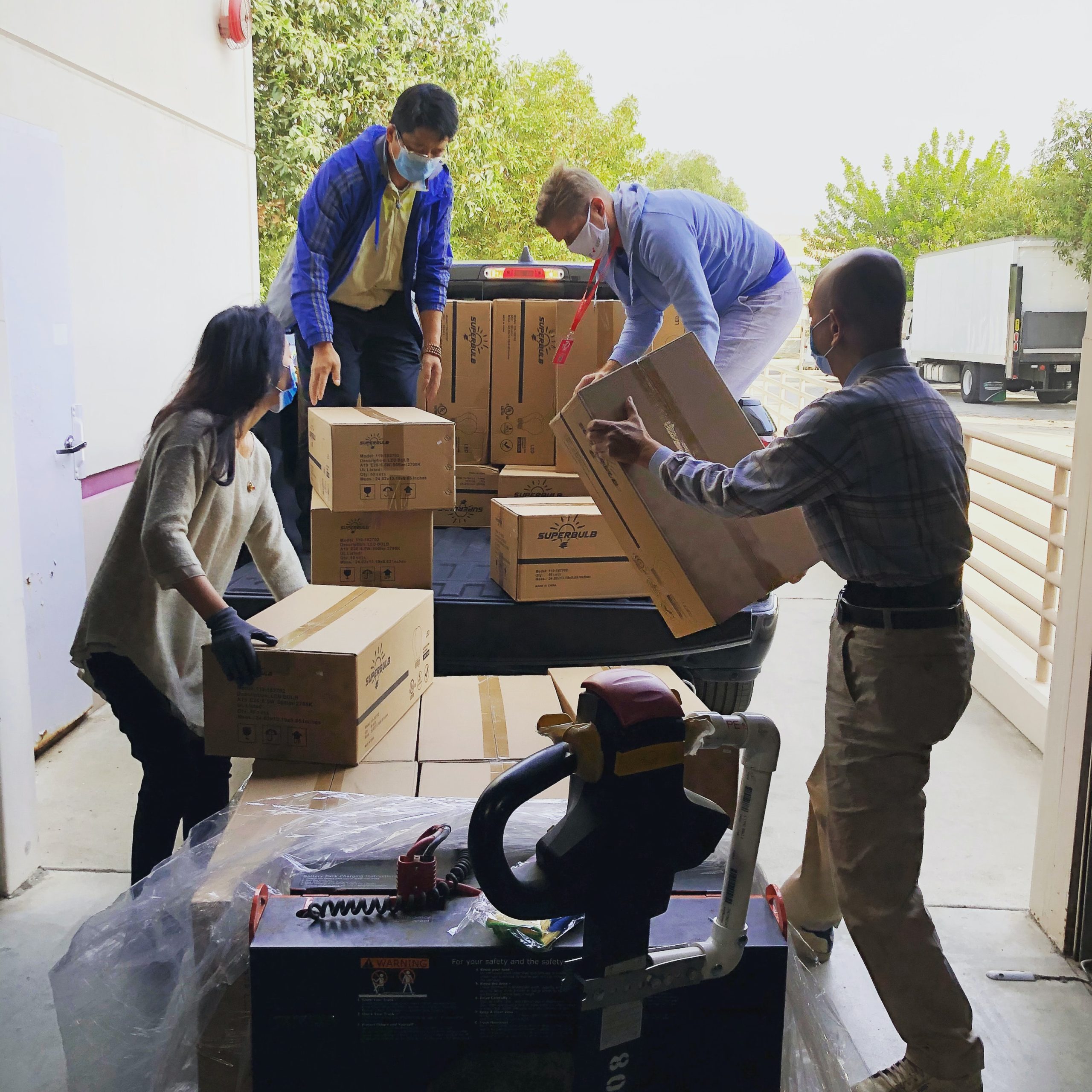This year the eCommerce industry has reached greater heights with the global pandemic wave. Citizens across the globe sat amidst four walls for months. Due to the rules and regulations imposed by government officials and authorities. Hence, the demand for the delivery of essentials goods and groceries grew. Furthermore, the market that received maximum attention were CPG- Consumer Packaged Goods. Hence, here are 8 ways on how as an eCommerce business owner, you should ship Consumer Packaged Goods correctly for seamless shipments.
How to ship CPG at low costs


Consumer packaged goods have its usage on a regular basis. Hence, it requires routine replacement such as food items, beverages, clothes, tobacco, makeup, and household products. Since the past few decades, CPG companies have been battling to acquire space on retail shelves.
A key factor in this battle is to reduce logistics costs. These strategies target mid-tier companies who are struggling to fight bigger companies. Here, are a few strategies to reduce CPG logistics costs:
Product packaging in the distribution center


For certain markets, retailers may require customizations made to the quantities of productions in product or a different product configuration altogether. Where does the customization take place?
Many Consumer Packaged Goods companies ship products from distribution companies to different packaging firms. This gives rise to the disadvantage of losing the visibility of a certain product while packaging. It also increases the freight cost. To eliminate these unnecessary costs and risks, you can just package and perform other configuration requirements at the distribution center.
Putting this method into practice will help you reduce the costs that you are undertaking to ship the products from and back to the distribution center. In addition to this, the products move faster through the distribution cycle.
Provide logistics input on packaging design


Packaging decisions need not need the attention of packaging professionals. Instead, these decisions have shifted to the marketing and sales departments at Consumer Packaged Goods companies. These decisions lack professional opinions and any logistics, which results in inefficiencies during the final process of assembling for the delivery. Aesthetics should be ideal while packaging. Hence, it is necessary to look into the practicality and technicalities of the process.
Packaging needs to target two goals- practicality and pleasing to the eye. There is no reason why this isn’t achievable. To ensure this, the early involvement of logistics and packaging professionals is a must. The goal is to reduce downstream efficiency.
Cross Docking


Cross-docking – A logistic procedure where products from the supplier distributed directly to the customer or a retail chain. The name “cross-docking” explains the process of receiving products through an inbound dock and then transferring it to an outbound dock. This process can be termed as “consolidation arrangements,”. Since numerous smaller product loads, combined into one method of transport to save on transportation costs.
Cross-docking is a productive way of reducing costs for small and medium-sized Consumer Packaged Goods companies. Multiple companies have been using this method to achieve productive results.
Three key factors ticked for this method:
- Advanced systems require to combine orders with inbound freight
- Inbound freight and factory production needs visibility.
- Effective coordination with carrier services.
Reduction in Chargebacks


Big CPG companies have in-house departments who normally look after the chargebacks and keep a track at the same time. However smaller and medium-sized businesses do not have the potential resources to do the same.
For such companies, partnering up with most established CPG companies to gain chargeback reductions. Choose companies that have knowledge of the retailer’s routing guides.
Improve Trade promotion management


Quite too often, CPG companies end up spending big bucks on marketing. If the executive in charge does not meet the necessary requirements for a successful promotion, it leads to invested money loss. Reason being; Inefficiency. If your goal is to maximize profits from trade promotions, start with involving reliable people right from the start. Involving the right people and logistics right from the planning process can yield better results. Product promotion can be quite a challenging task, but the solution is simple.
Virtual Logistics Capability


Consumer product brands are not uniting with multi-billion-dollar companies as these companies have the advantage of having use of supply chain synergies. This has increased competition for small and mid-sized CPG companies. Making agreements with reliable logistics partners for the distribution of consumer goods can be a gamechanger in your business dynamics. With them, your company has the leverage of playing safely and enjoying the facilities of a big company.

Unite with retailers and 3PL


Collaborating with retains and third-party logistics can consolidate your freight. Nonetheless, this strategy is a tried and true strategy. For small and mid-market CPG companies moving to local grocery chains and acquiring greater cost-saving opportunities. It is only possible from collaborations with 3PL’s.
Product manufacturers stand a higher chance of benefiting by sharing storage and reducing outbound freight. Moreover, reduced time for vendor management, more efficiency, inventory optimization is additional benefits that retailers would gain. Hence, to explore this strategy, look for third-party logistics that offer to handle the distribution of products for multiple brands.
Dropship e-commerce order for retailers


The vendor to retailer to the consumer supply chain has proven to be inefficient. Hence, with this model, there are always risks of extra touches and freight runs, the problem of higher inventory, slower cash cycles, etc. Hence, such an infrastructure weighed down with costs creates challenges for retailers to make a profit on e-commerce sales of CPG products with low-margin.
Instead, if you fulfill your retail customer’s e-commerce orders directly from your distribution center, it would increase efficiency and preserve the company’s revenue.
The two barriers to a drop-ship strategy are branding and systems integrations. Additionally, these problems are very solvable. Your distribution center can look after labeling and packaging requirements to maintain retailer branding. Sometimes it’s as simple as just changing your outer box.
Now that you have a broad idea of how to reduce costs in consumer goods distribution, take full advantage to help the business run successfully in the market. Moreover, do not forget to choose the right logistics aggregator for all your shipping needs.
Confused, as to which logistics aggregator can suffice all your shipping needs? Well! Dash101, your one-stop shipping solution.







Leave a Review